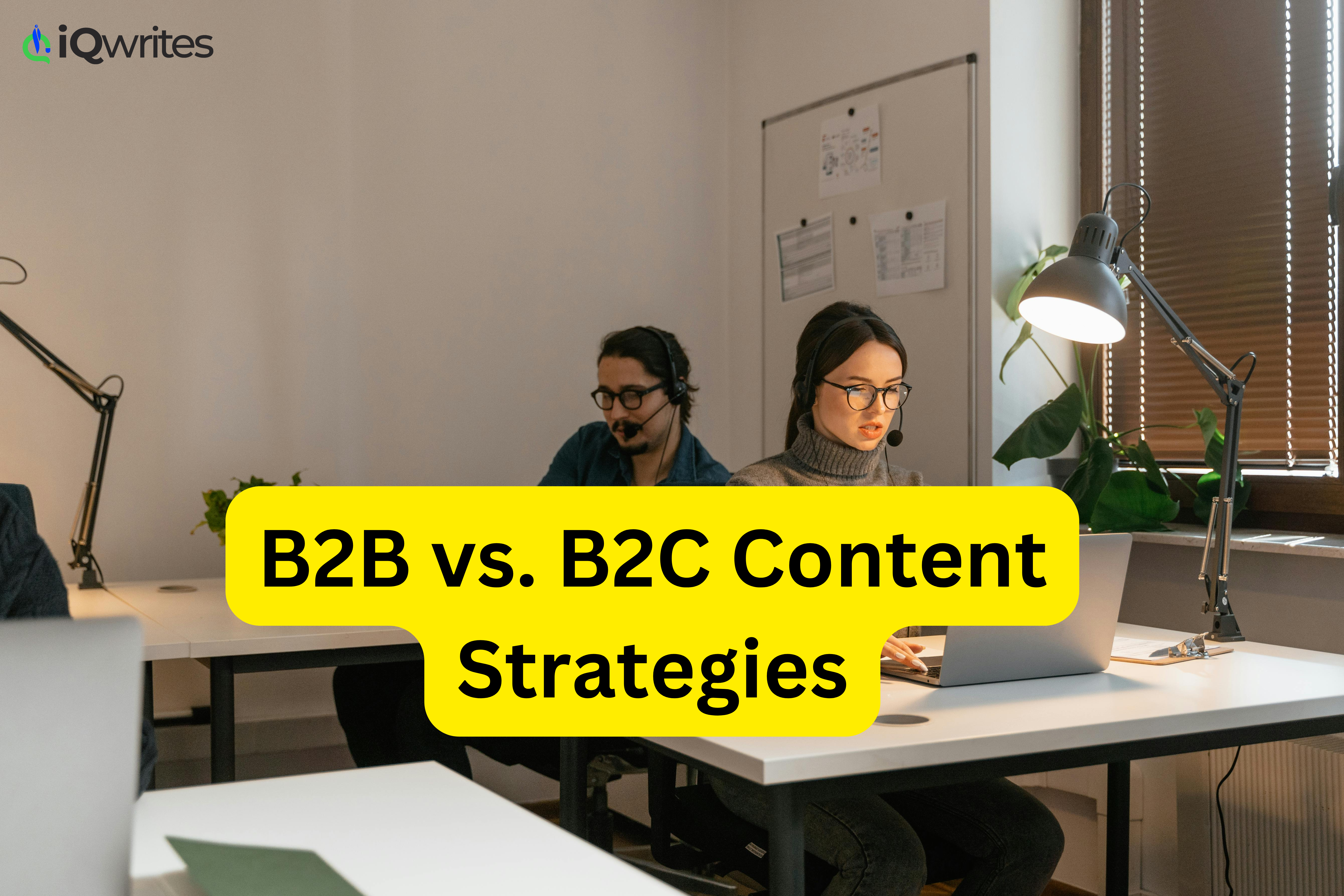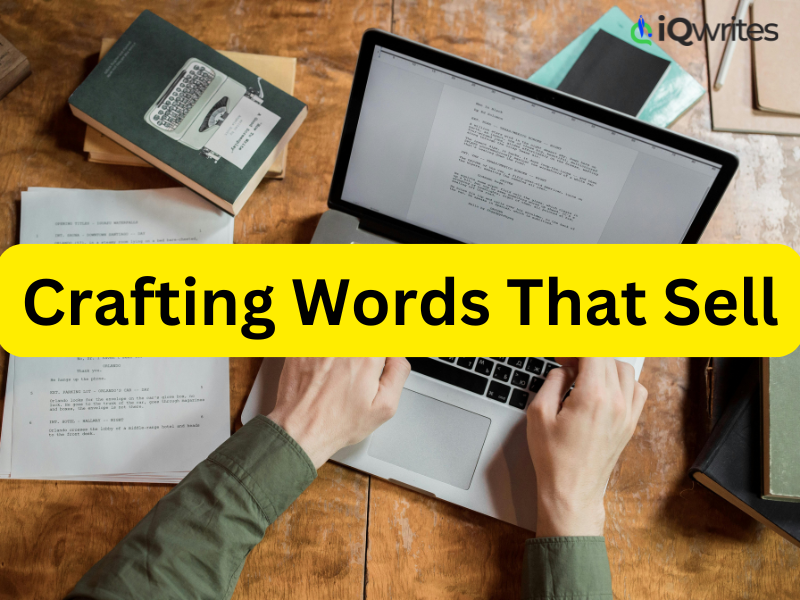When creating content for marketing, one of the most critical factors to consider is the target audience. Whether you’re writing for a Business-to-Business (B2B) or Business-to-Consumer (B2C) audience, the tone, approach, and style of your content can significantly differ.
5 Common Copywriting Mistakes That Are Killing Your Conversions
In this blog, we’ll break down the essential strategies to write effectively for both B2B and B2C audiences.

Understanding B2B vs. B2C Audiences
B2B (Business-to-Business) refers to marketing strategies aimed at selling products or services to other businesses. The decision-making process is typically longer, with more stakeholders involved. B2B customers are often looking for value, efficiency, and reliability, and their buying decisions are driven by logic and ROI (return on investment).
B2C (Business-to-Consumer) focuses on selling products or services directly to individual consumers. Here, the buying process is faster, often influenced by emotional appeals, trends, and personal benefits. B2C customers are more likely to make decisions based on immediate needs and personal desires.
Key Differences in Writing for B2B vs. B2C
- Tone and Language
- B2B: In B2B writing, the tone tends to be more formal, professional, and authoritative. Business decision-makers appreciate concise, clear, and factual content that reflects expertise and industry knowledge. Jargon can be appropriate if it’s common in the industry.
- B2C: B2C writing is often more casual, conversational, and engaging. The content should speak directly to the consumer’s emotions, using a friendly and approachable tone. Simplicity is key here, as consumers often seek quick answers to their needs or desires.
- Content Type
- B2B: B2B content focuses on in-depth articles, whitepapers, case studies, and industry reports. These types of content showcase your expertise and demonstrate how your product or service solves business challenges. Think about creating educational content that helps businesses improve efficiency, reduce costs, or increase revenue.
- B2C: B2C content tends to be more entertaining, light-hearted, and visually appealing. Blogs, product descriptions, social media posts, and videos are common formats. These pieces often center on creating an emotional connection, showcasing how the product fits into the consumer’s lifestyle or solves a personal problem.
- Call to Action (CTA)
- B2B: A B2B CTA focuses on encouraging the potential client to take the next step in the sales funnel, whether it’s signing up for a demo, scheduling a consultation, or downloading a detailed report. The CTA is often more about establishing a relationship and building trust.
- B2C: B2C CTAs are typically more straightforward and designed to drive an immediate action, like “Buy Now,” “Sign Up for Our Newsletter,” or “Get 20% Off.” These calls to action tend to be more urgent and less formal.
- Length and Depth
- B2B: Content for B2B audiences is generally longer and more detailed. Since B2B buyers are often comparing various options and evaluating long-term investments, they appreciate thorough, data-driven insights. This means blogs, case studies, and whitepapers that provide valuable information and demonstrate your company’s competence.
- B2C: B2C content is typically shorter, with the goal of capturing the consumer’s attention quickly. While detailed content can still be effective, shorter articles, catchy headlines, and quick-to-read social media posts tend to be more successful.
- Emotional Appeal
- B2B: While B2B content may include emotional triggers, it’s more likely to focus on logic and business outcomes, such as efficiency, profitability, and competitive advantage. The appeal is often more rational and focused on solving problems.
- B2C: Emotional appeals are more prominent in B2C marketing. Consumers are often drawn to content that speaks to their personal desires, emotions, and aspirations. Creating a sense of urgency or excitement is more common here, whether it’s through a flash sale or a limited-time offer.
Essential Checklist: Key Considerations for Your SEO Audit
Tips for Writing Effective B2B Content
- Focus on how your product or service helps businesses achieve their goals.
- Use data, case studies, and industry examples to back up your claims.
- Avoid jargon unless it’s common in your industry, and keep the tone professional.
- Emphasize long-term benefits and ROI.
Tips for Writing Effective B2C Content
- Highlight the personal benefits and emotional appeal of your product.
- Keep the content light, entertaining, and easy to digest.
- Use engaging visuals, catchy headlines, and strong CTAs.
- Stay current with trends and pop culture references that resonate with your audience.
7 Best Free SEO Tools For 2024
Conclusion
Writing for B2B and B2C audiences requires a tailored approach. While B2B content focuses on building trust, offering value, and demonstrating expertise, B2C content leans more into emotional engagement, quick decision-making, and personal benefit. Understanding these differences can help you create content that resonates with your audience and drives the desired actions.
By adjusting your tone, content type, and CTAs to suit the needs of each audience, you’ll be better positioned to engage both businesses and consumers effectively.

